Pilates and yoga are both popular training methods that are often compared with each other. Both promote well-being and fitness, but there are significant differences in their approaches and goals.
Pilates vs. Yoga
Find out more about the goals and focal points of both training methods.

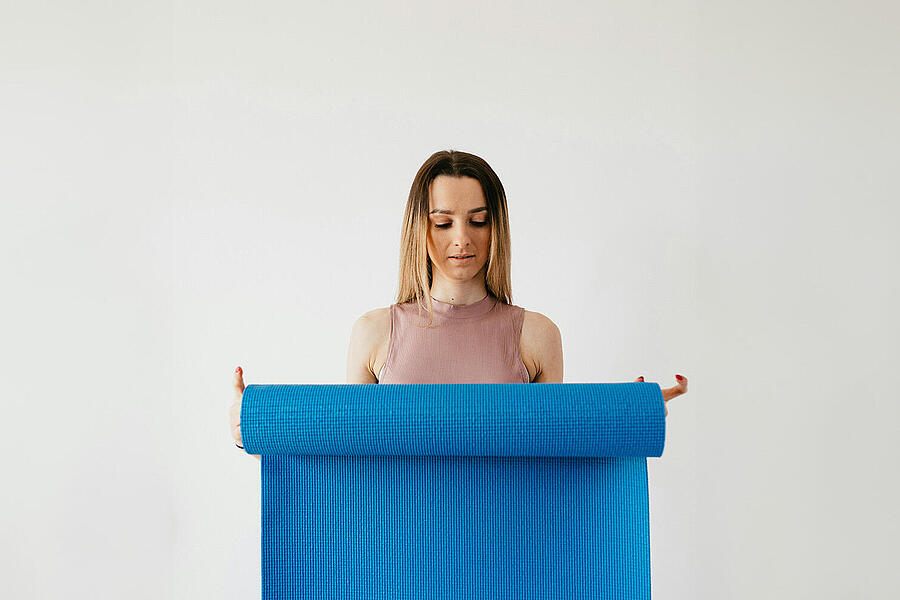
Differences and similarities
Philosophical approaches:
- Pilates: Developed by Joseph Pilates, this method focuses on strengthening the centre of the body and improving overall body strength through precise and controlled movements.
It has no spiritual background. - Yoga: Originating in India, yoga combines physical exercises (asanas) with breathing techniques (pranayama) and meditation to harmonise body, mind and soul.
Training methods:
- Pilates: Emphasises the control of movements that are controlled by the so-called powerhouse - the muscles of the abdomen, lower back and pelvic floor.
Pilates exercises are often dynamic and require a high level of concentration. - Yoga: Includes a variety of styles, ranging from dynamic and powerful (e.g. Vinyasa) to calm and meditative (e.g. Hatha).
Yoga exercises (asanas) are often held for long periods of time.
Use of equipment and aids:
- Pilates: Uses a range of specialised equipment such as the Reformer, Cadillac and Wunda Chair, as well as small equipment such as balls, bands and rollers to intensify and vary the exercises.
- Yoga: Generally only requires a mat, but can also incorporate equipment such as blocks, straps and blankets to support and modify poses.
Focus and goals of both methods
Pilates:
- Core: Main focus on strengthening the powerhouse.
- Precision and Control: Each movement is executed consciously and controlled.
- Body Awareness: Improvement of coordination and balance.
- Rehabilitation: Often used in the rehabilitation of injuries and to improve posture.
Yoga:
- Mind-Body Connection: Promotes the unity of body, mind, and soul.
- Flexibility: Improves mobility and muscle stretching.
- Stress Reduction: Breathing techniques and meditation to calm the mind.
- Holistic Health: Comprehensive approach that considers physical, mental, and emotional health.
More on Pilates

What is Pilates? Uncover the holistic training method that strengthens muscles, improves flexibility, and balances the body and mind.

History of Pilates: Discover the journey of Pilates from its origins with Joseph Pilates to its modern-day practice.
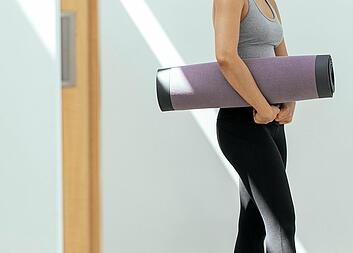
Essential Pilates Principles: Learn the key elements of Pilates, focusing on breath, control, centering, concentration, precision, and flow.
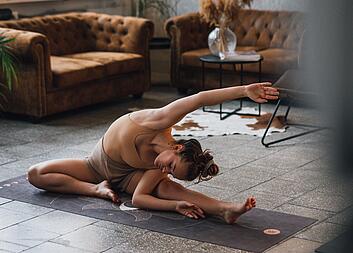
Pilates Benefits: Enhance your strength, flexibility, & posture while reducing stress. Discover the numerous physical and mental advantages Pilates offers.
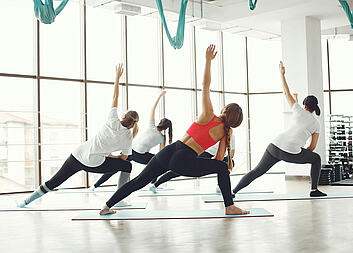
Pilates Benefits? Pilates is ideal for all ages & fitness levels, from beginners to pro athletes, seniors, pregnant women, and those in rehabilitation.
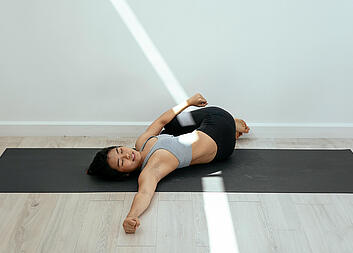
Types of Pilates: Explore various Pilates styles like Mat, Reformer, Yogilates, and Hot Pilates. Each type offers unique benefits.

Pilates vs. Yoga: Compare Pilates and Yoga to understand their different focuses on strength, flexibility, and mindfulness. Each offers unique benefits.
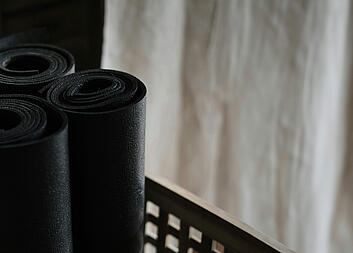
Pilates FAQ: Find answers to common questions about Pilates, including its benefits, equipment needed, and suitability for different fitness levels.
